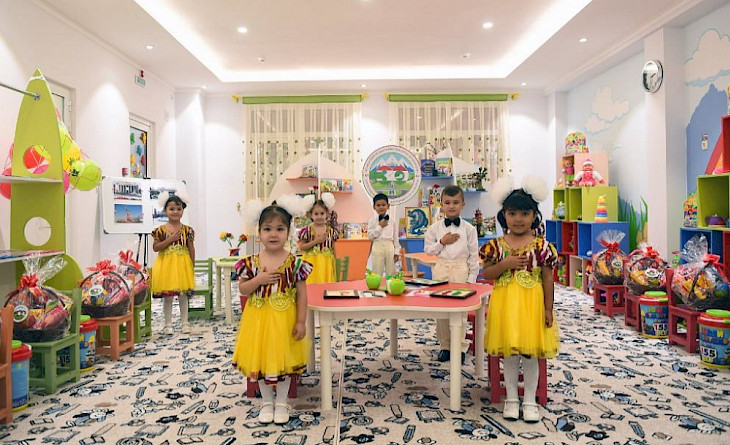Since gaining independence, Tajikistan has demonstrated steady natural population growth — averaging 2.4% annually, according to the Ministry of Health and Social Protection, Avesta.tj reports. This growth is driven by rising birth rates and declining mortality, reflecting improvements in healthcare quality and social conditions.
Particularly notable is the increase in average life expectancy: from 70 years in the early 1990s to 76.3 years in 2025 — a gain of over six years in three decades.
“The government continues to implement measures to improve the healthcare system, including the rollout of the ‘Strategy for Protecting the Health of the Population of the Republic of Tajikistan through 2030,’” the ministry stated.
According to data from the Agency for Statistics under the President of Tajikistan, the country’s population grew by 2.1% in the first half of 2025 alone, reaching 10,603,800 people as of July 1.
- Natural population increase (Jan–Jun 2025): 98,900 people (+2% vs. same period in 2024)
- Births: 116,200 newborns (+2.1% vs. 2024)
- Deaths: 17,200, including 800 infants under one year of age
- Rates per 1,000 people:
→ Birth rate: 22.1
→ Death rate: 3.3
These figures confirm that Tajikistan is one of Central Asia’s youngest and fastest-growing nations. Sustained demographic growth presents both opportunities — such as a growing labor force and expanding domestic market — and challenges, including the need for large-scale investments in education, healthcare, and infrastructure.
The implementation of the 2030 Strategy is specifically aimed at transforming this demographic potential into an economic advantage — by strengthening national health and improving the quality of life for every citizen.
CentralasianLIGHT.org
Sept. 15, 2025

